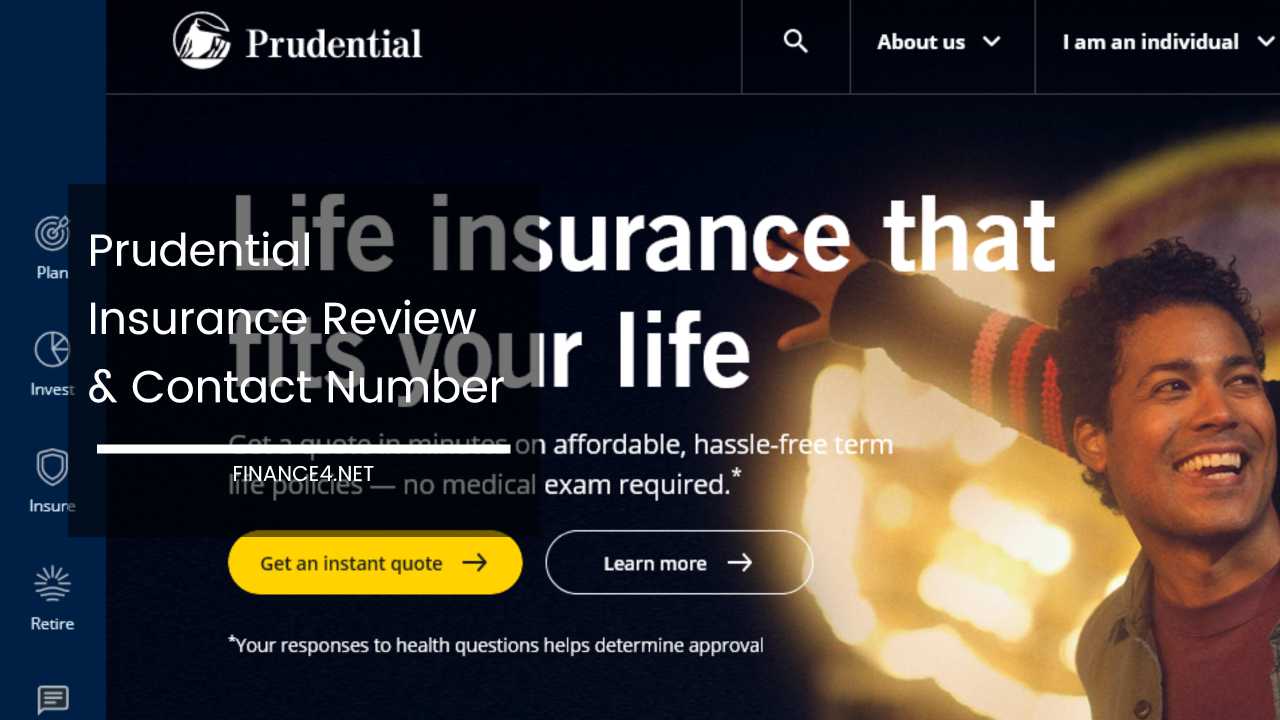Teenage Drivers and Insurance, How to Cut Rates

Teenage Drivers and Insurance: Navigating the Road to Affordable Coverage
The Allure of Freedom and the Responsibility of the Road
For teenagers across the United States, obtaining a driver’s license at the age of 16 signifies a significant milestone. It unlocks a world of newfound independence, allowing them to commute to jobs, participate in extracurricular activities, and explore social circles beyond their immediate neighborhoods.
However, this freedom comes with a hefty price tag – car insurance. Statistics paint a concerning picture: teenage drivers are significantly more likely to be involved in accidents compared to their more experienced counterparts.
This translates to higher insurance premiums, often creating a financial burden for parents and teenagers alike. This article delves into the reasons behind these high costs and equips both parents and teens with valuable strategies for finding affordable coverage without compromising safety.
Understanding the Risk: Why Teenage Drivers Pay More
Several key factors contribute to the higher insurance premiums for teenage drivers. The most significant factor is undoubtedly their lack of experience.
Teenagers are still developing their critical driving skills, honing their decision-making abilities, and learning to navigate the complexities of the road. They may be more susceptible to distractions, whether it’s the allure of in-car entertainment systems, the constant ping of cell phones, or simply the excitement of newfound freedom.
This inexperience translates into a higher risk of accidents, which insurance companies factor into their risk assessment and subsequent premium calculations.
Beyond Statistics: The Importance of Safe Driving Habits
While statistics may portray teenagers as a high-risk group, it’s crucial to remember that not all teenagers are reckless drivers. Many take driver’s education courses seriously, prioritize safe driving habits, and demonstrate a genuine commitment to responsible operation of a motor vehicle.
However, the key lies in translating those classroom lessons into real-world practices. Here are some strategies to promote safe driving habits in teenage drivers:
- Graduated Driver’s Licensing (GDL) Programs: Many states offer GDL programs that impose restrictions on new drivers. These restrictions can include limitations on nighttime driving hours, the number of passengers allowed in the car, and solo driving privileges. These programs offer valuable experience in a controlled environment, allowing teenagers to refine their skills before gaining full driving privileges.
- Parental Involvement: Setting Clear Expectations: Parents play a pivotal role in shaping their teens’ driving habits. Establish clear and consistent rules regarding driving times, vehicle usage, and passenger restrictions. Lead by example – demonstrate responsible driving behavior yourself and avoid distractions behind the wheel. Open communication is key – discuss potential hazards and encourage your teen to ask questions and voice any concerns they might have.
- Continuing Education: Defensive Driving Courses: Encourage your teen to participate in defensive driving courses beyond the basic driver’s education curriculum. These courses can further refine their existing skills and introduce them to techniques for anticipating and avoiding dangerous situations. Techniques like hazard recognition, defensive maneuvering, and risk assessment can significantly improve their overall preparedness on the road.
Finding the Right Fit: Strategies for Affordable Insurance
While teenage car insurance will likely be more expensive than adult insurance, there are several approaches to make it more manageable financially:
- Comparison Shopping is Key: Don’t settle for the first insurance quote you receive. Utilize online resources and insurance agents to compare rates from multiple companies. Many insurers offer discounts for good grades, driver’s education completion, maintaining a clean driving record (for both the teen and the parent on whose policy they are added), and participation in defensive driving courses.
- Telematics and Usage-Based Insurance: Some insurance companies offer innovative usage-based insurance programs. These programs utilize telematics technology to track a teen’s driving habits, such as mileage, time of day driven, and harsh braking events. Safe driving habits reflected in the data can translate into substantial discounts. This approach incentivizes safe driving and rewards teenagers for responsible behavior.
- Leveraging the Family Policy Advantage: In many cases, adding a teen driver to an existing family policy can be significantly cheaper than purchasing a separate policy. However, this approach depends on the parents’ driving history, the specific insurance company, and the number of vehicles already covered under the policy. Discuss this option with your insurance agent to determine if it’s the most cost-effective solution for your family.
- Choosing the Right Car Makes a Difference: Opt for a safe and reliable car with a lower risk profile. Sports cars, high-performance vehicles, and expensive models typically come with higher insurance premiums. Consider a used car with a good safety rating if budget allows. Look for features like anti-lock braking systems (ABS) and airbags, which can further reduce premiums in some cases.
- The Deductible Dilemma: Increasing the deductible (the amount you pay out of pocket before insurance kicks in) can lower your premium. However, ensure you can comfortably afford the deductible in case of an accident. Striking a balance between affordability and financial preparedness is crucial.
Navigating the Road to Affordable Coverage
Beyond Affordability: Prioritizing Safety
Finding affordable insurance is important, but safety should always be the top priority. Regardless of the cost, it’s crucial to instill a strong safety culture in your teenage driver. Here are some additional safety tips that go beyond insurance considerations:
- Minimizing Distractions: Enforce a strict no-phone policy while driving. Discourage activities like eating, drinking, or adjusting the radio while behind the wheel. Encourage your teen to focus solely on the road and the task of driving.
- Passenger Restrictions: Consider limiting the number of passengers allowed in the car with your teen driver, especially during the initial period after obtaining their license. Having a car full of friends can create distractions and increase the risk of reckless behavior.
- Seatbelt Culture: Make seatbelt use a non-negotiable habit. Ensure your teen and all passengers buckle up every time they get in the car. Lead by example – always wear your seatbelt yourself.
- Combating Fatigue and Impairment: Discuss the dangers of driving while tired or under the influence of drugs or alcohol. Set clear expectations and consequences for violating these rules. Encourage your teen to get adequate sleep before driving and to never hesitate to call for a ride if they feel tired or unwell.
- Open Communication and Ongoing Monitoring: Maintain open communication with your teen about their driving habits. Encourage them to share any concerns or challenges they face on the road. Periodically monitor their driving, especially during the initial period after they obtain their license. Provide constructive feedback and positive reinforcement for safe driving practices.
Investing in the Future: Long-Term Strategies
By following these tips, parents can equip their teenage drivers with the skills and knowledge to navigate the road safely while managing the financial burden of car insurance. Here are some additional strategies to consider for the long term:
- Maintaining a Clean Driving Record: A clean driving record for both the teen and the parent (on whose policy the teen is added) is crucial for obtaining the most affordable rates. Encourage your teen to prioritize safe driving habits to avoid accidents and traffic violations.
- Loyalty Discounts: Many insurance companies offer loyalty discounts to policyholders who maintain coverage for a certain period. Consider sticking with the same insurance company if they offer competitive rates and good customer service.
- Continuing Education and Skill Development: Encourage your teen to participate in advanced driving courses or workshops as they gain experience. These programs can further refine their skills and introduce them to more complex driving scenarios, like handling adverse weather conditions or navigating highways.
Final Remarks: A Shared Journey
Obtaining a driver’s license is a significant milestone for teenagers, symbolizing newfound independence and responsibility. While the cost of car insurance may seem like a hurdle, by following these strategies, parents and teens can work together to find affordable coverage without compromising safety.
Remember, the initial investment in safe driving habits can save lives and prevent financial hardship in the long run. By prioritizing safety, fostering open communication, and working together to navigate the complexities of car insurance, both parents and teens can ensure a smooth and safe journey on the road ahead.



